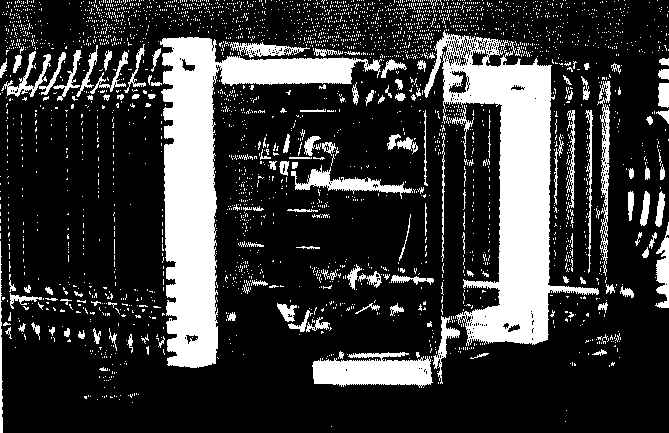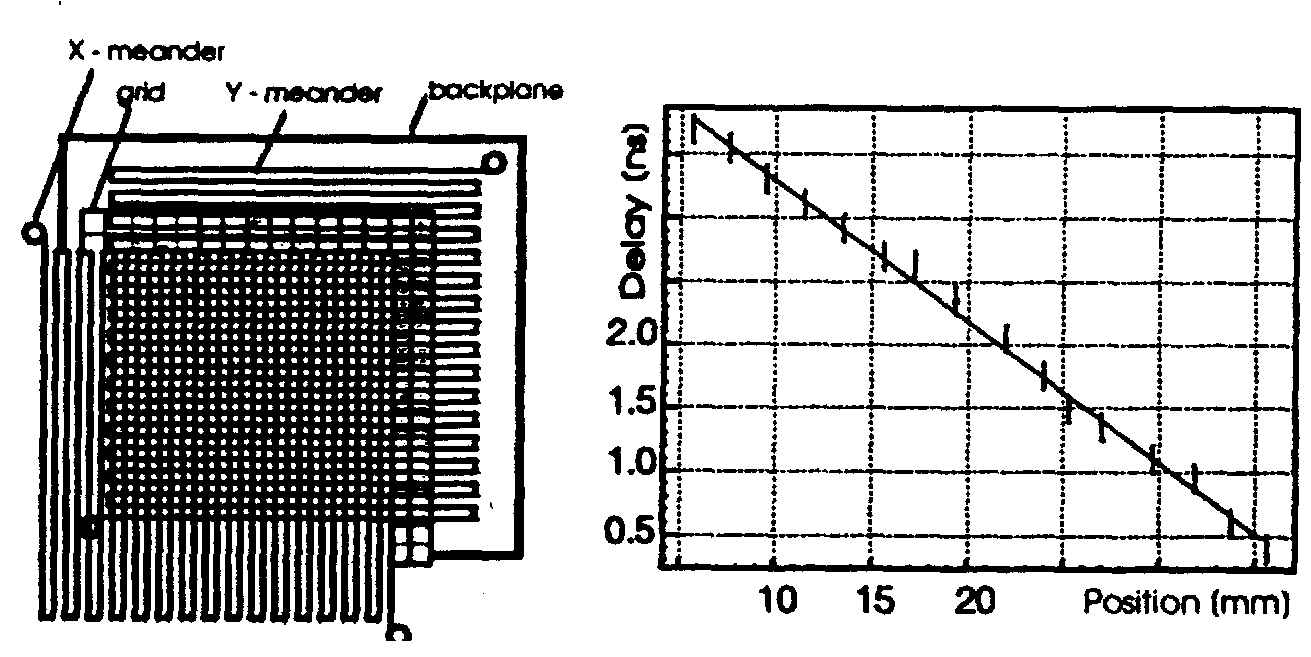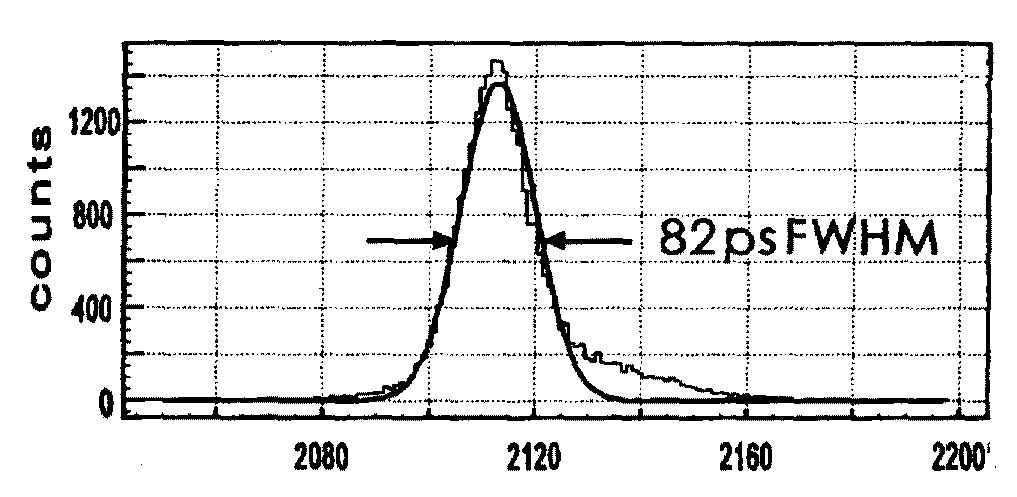Scientific report, GSI Darmstadt , 1993, p 280
An Improved Detector for Direct Mass Measurements
of Exotic Nuclei at the ESR
Ch.Klein 1, J.Trotscher 1,
H.C.Jung 1, H.Wollnik 1, B.Hartmann 1,
E.Schneider 1, D.Scholten 1, T.Radon 1,
M. Hausmann 1, K. E. G. Lobner 2, T. Beha 2,
S. Issmer 2, Th. Kerscher 2, K. Rudolph 2,
A.Magel 1, H. Geissel 3, G.Munzenberg 3,
B.Franczak 3, B.Franzke 3, Y.Fujita 4,
K.Mezilev 5, Yu.Novikov 5 and D.J.Viera 6
1. II Physikalisches Institut der Universitat Giessen,
2. Sektion Physik der Universitat Munchen, Garching,
3. GSI Darmstadt,
4. College of General Education, Osaka University, Japan,
5. St.Petersburg Nuclear Physics Institute, Russia,
6. Los Alamos National Laboratory, USA
For the proposed time-of-flight mass measurements of exotic nuclei in the
ESR [1] the existing time pick-off detector [2] has been upgraded to allow
the detection of secondary electrons on both sides of the detector foil
[3]. This allows to operate a position sensitive detector in addition to
a fast timing detector. Furthermore the ion detection in coincidence allows
to reduce background noise.
The overall timing uncertainties, which limit the mass resolving power,
are influenced by higher order aberrations of the ESR. These become minimal
after each fourth turn because of ion-optical symmetry. The leftover higher
order terms can be corrected and should improve the mass resolution, if
the time aberrations due to different start positions and different initial
angles of inclination can be determined [4]. The aberration coefficients
can be calculated while the positions at which individual ions pass the
timing detector can be taken from a position sensitive readout of this
detector. Therefore a fast timing position sensitive channelplate detector
has been developed [5], with ±1 mm position accuracy and readout
times <5 ns.
The conical anode of the timing detector was replaced by a newly developed
flat design, which gives a better signal quality.

Figure 1. Electrostatic unit of the new timing detector. The
isochronous electron transport section allows the use of a position sensitive
detector to determine the position where an ion passes the detector foil.
A test of the detector system has been done with U72+ ions of
various energies in the range of 400 - 900 MeV/u in a parasitic run at
the final focus (S4) of the FRS. The timing properties were measured with
both detectors in coincidence. A time resolution of < 85 ps has been
achieved (see fig.2), with a detection efficiency of about 70%.
Since the existing prototype of the Time recording system (TRS) was
not running reliably, an approved hardware version of the TRS is under
construction.

Figure 2. Two-dimentional position readout. The delay lines
operate as wave guides with 50 Ohm impedance. The diagram shows the delay
time vs. the position of an incoming alpha particle ( 241Am
).

Figure 3. Detector tests performed at the final focus of
the FRS at GSl with the UHV timing-detector. A time resolution of <
85ps has been achieved with energetic U72+ ions. Fast timing
detectors with flat anodes were used. The detector foil consisted of 30
mg/cm2
Carbon.
Through a modification of the ADC control unit a reduction of dead time
by one half will be possible. The maximum recording time is increased to
some milliseconds. With this equipment, a count rate of < 50MHz will
be recordable event by event, with a pulse pair resolution better than
5 ns.
The original transputer system has been replaced by a UNIX workstation,
since the expected further developments of the transputers did not occur.
To handle the high data rate of 1 ESR filling per second, the operating
system has been changed from MSDOS to LINUX. Now the time measuring system
can be controlled by any Xwindow terminal. Software adaption and improvements
are done at the moment.
References
[1] H. Wollnik, Th. Schwab, and M. Berz, GSI-Report, GSI-86-1, 372.
[2] J. Trotscher et al., Nucl. Instr. and Meth. B70 (1992) 455.
[3] J. Trotscher 1993; PhD Thesis, (Univ. Giessen)
[4] B. Hartmann 1993; PhD Thesis, (Univ. Giessen)
[5] Ch. Klein, J. Trotscher and H.Wollnik, Nucl. Instr. and Meth.
A335, 1993, p 146.



